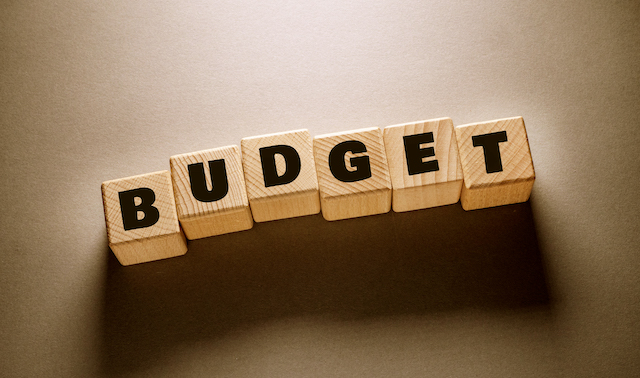
Trying to build credit? You need a good credit rating if plan to get a student loan for college or to finance your first house.
Unfortunately, it’s a tricky situation for most people. It’s especially the case when you don’t have any credit history. You have to start from the bottom.
That means you’ll have a more difficult time getting a loan or a credit card.
But it’s not hopeless! In this guide, you’ll learn how to build credit. Read on and learn more:
1. Get a Secured Credit Card
When building your credit score from the ground up, the most efficient way is to use a secured credit card. This type of card uses your upfront cash deposit. What this means is that your credit limit is the same as the deposit amount.
It’s easy to use since it functions like a normal credit card. You can use it to buy things and make the payments on or before the due date. If you don’t pay your balance in full, it’s likely for interest to happen.
Once you close the account, you’ll get your deposit back. It’s a great feature since you’re not supposed to use secured credit cards for too long. The idea is to use this type of card to improve your credit score until you can get an unsecured card instead.
2. Get a Credit-Builder Loan or a Secured Loan
Credit-builder loans have the sole purpose of helping you build your credit score. In most cases, your lender holds the money you borrow in an account. They won’t release it to you until you repay the loan.
That makes it something like a forced savings program. The good part is that your lender reports your payments to the credit bureaus. It’s often offered by credit unions or community banks.
Another option is to try a secured loan for credit-building if you have funds deposited in banks or credit unions. The collateral is the funds stored in your account or a deposit certificate. Its interest rate is higher than the interest the account earns, but it’s often lower than other options around.
3. Use a Co-Signer
Whether it’s a loan or an unsecured credit card, you can get it with a co-signer. This places your co-signer into undue risk if you don’t pay. That’s why it’s important that they know they’ll be on the hook for the full amount when you fail to make the payments.
4. Become an Authorized User
If you can find a family member or a loved one, you can ask them to become an authorized user on their card. Doing it is advantageous since you add the card’s payment history to your credit files. What this means is that you’ll need a primary user that has a long history of on-time payments.
The best part about this method is you won’t even need to use the credit card. Without possessing it, you will still get credit benefits as an authorized user. Be sure to ask your primary holder whether their issuer reports their authorized user activity to the credit bureaus.
By default, credit card issuers will report this type of activity. But you need to make sure since, in the unlikely event that they don’t, you’ll waste your credit-building efforts. Regardless, make sure to have an agreement on how you’ll use the card as soon as you become an authorized user.
5. Get Credit for Your Paid Bills
There are rent-reporting services that put your bills on your credit report. This helps you build a more positive history of payments made on time. It’s important to take note that not all credit score will take these payments into consideration.
On the other hand, there are some that will do. That means you might have something to work on when you’re trying to get loans or unsecured credit cards. It helps pave the way for your credit history to take shape—something that all lenders will recognize.
6. Pay Your Student Loans
You should start saving as early as possible. Unfortunately, one major roadblock that prevents most young people from an early start is their student loan.
It’s a sad fact that the total student debt of 44 million borrowers is $1.5 trillion in the United States. It’s the second-highest consumer debt type, only a little behind mortgage debt. It’s higher than credit card and auto loans.
If you achieve your college degree, it’s possible that you have some sort of student loan debt. With this in mind, you should start paying it up on time each month. Your student loan lender reports your payments to the credit bureaus, so it’s a great way of building your credit score.
7. Take an Auto Installment Loan
Among all loan types, auto loans are the easiest to get. But the catch is that its interest rate and terms can vary depending on the person underwriting the loan for you. No matter what the case is, it’s a great way of building credit, especially when you’re trying to buy a vehicle.
Look around for the best deals, get the loan, and make your payments on time each month. If it’s too difficult to get a loan on your own, get a co-signer. They’ll help you get the loan, especially when they have a good credit score.
Learn How to Build Credit Today!
With these tips on how to build credit, you’ll have the safest means of getting good credit history. The key to these is to ensure that you pay on time. Displaying good credit practices helps you become more at ease when getting actual loans or unsecured credit cards.
Do you need help with personal finance? Are you looking for more tips to save money?
We’re here to help. You can watch this helpful guide and learn tips about your savings account.


